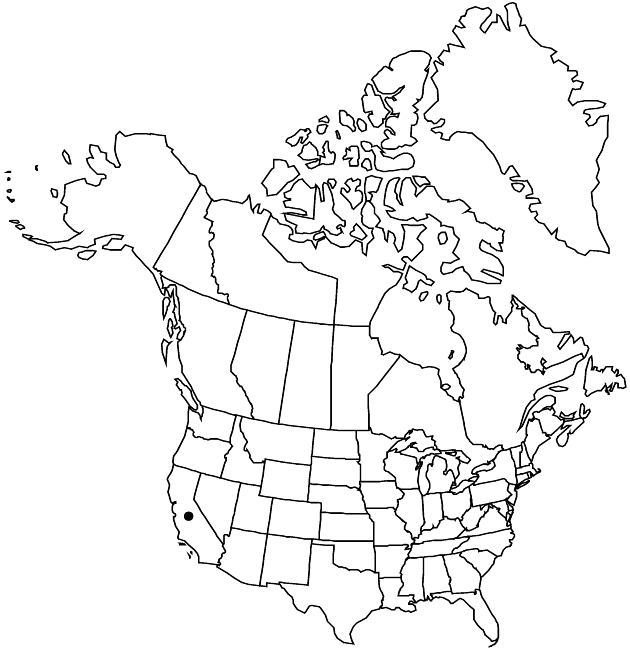Deinandra increscens
Novon 9: 468. 1999.
Annuals, 6–100 cm. Stems ± solid. Leaves: proximal blades pinnatifid, faces ± hirsute or villous and sometimes stipitate-glandular. Heads usually in paniculiform arrays sometimes congested. Bracts subtending heads usually overlapping proximal 0–1/2 of each involucre. Phyllaries evenly stipitate-glandular, including margins and apices, usually with nonglandular, non-pustule-based hairs as well. Paleae in 1 series. Ray-florets 8–13 (–15); laminae pale to deep yellow, 4–8 mm. Disc-florets 11–32, all or mostly functionally staminate; anthers reddish to dark purple. Pappi of 5–14 linear, lance-linear, or oblong, fimbriate to erose scales 1–2 mm.
Discussion
Subspecies 2 (2 in the flora).
Extensive morphologic and ecologic variation within Deinandra increscens has been interpreted variously. Subspecies recognized here follow the treatment of B. D. Tanowitz (1982) except for return of Hoover’s subsp. foliosa to D. paniculata A. Gray and recognition of D. bacigalupii B. G. Baldwin for members of subsp. increscens in the sense of Tanowitz from the eastern San Francisco Bay Area.
Selected References
None.
Key
| 1 | Stems usually erect, sparsely to densely leafy; heads in open, paniculiform arrays | Deinandra increscens subsp. increscens |
| 1 | Stems usually decumbent, densely leafy; heads ± congested | Deinandra increscens subsp. villosa |
